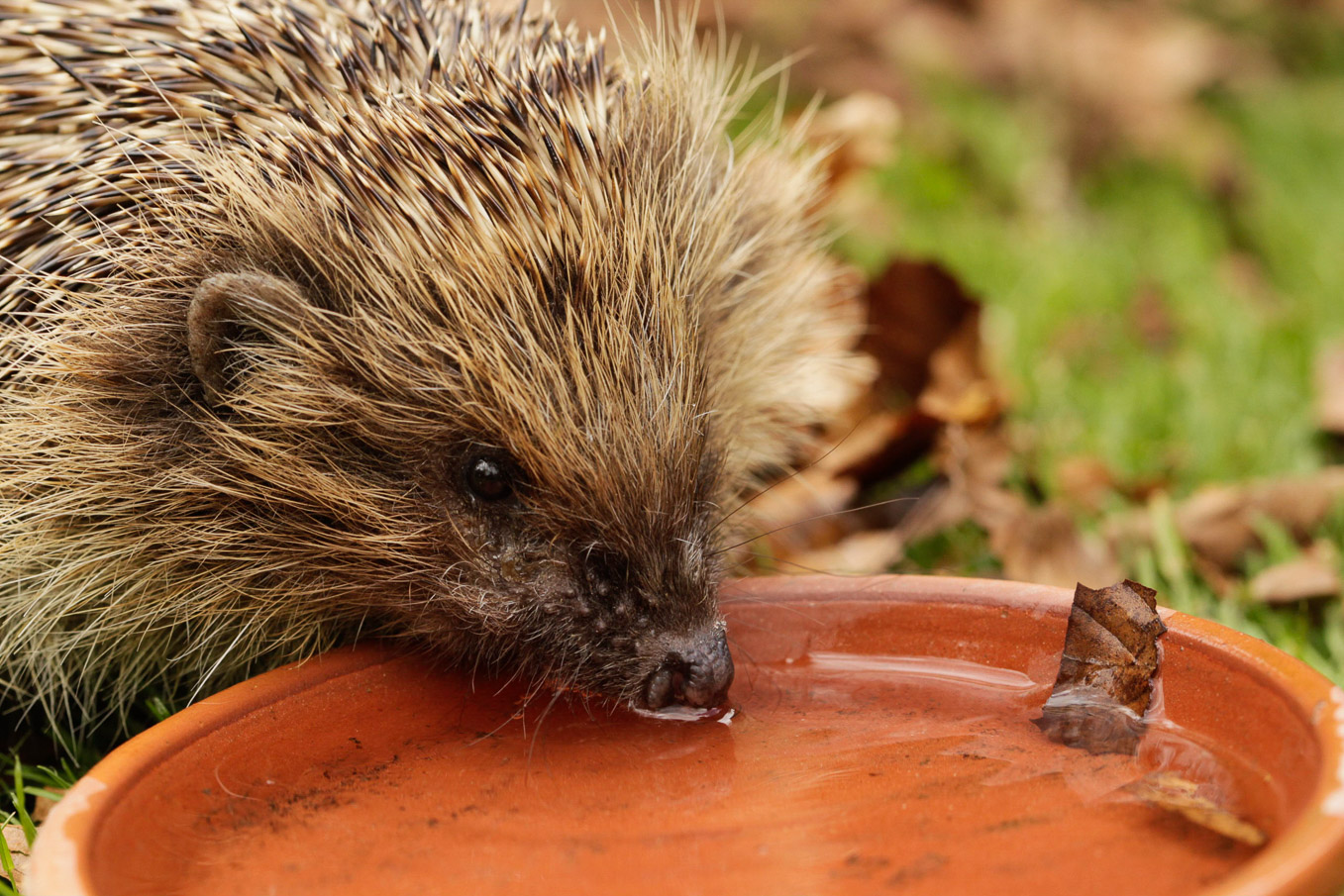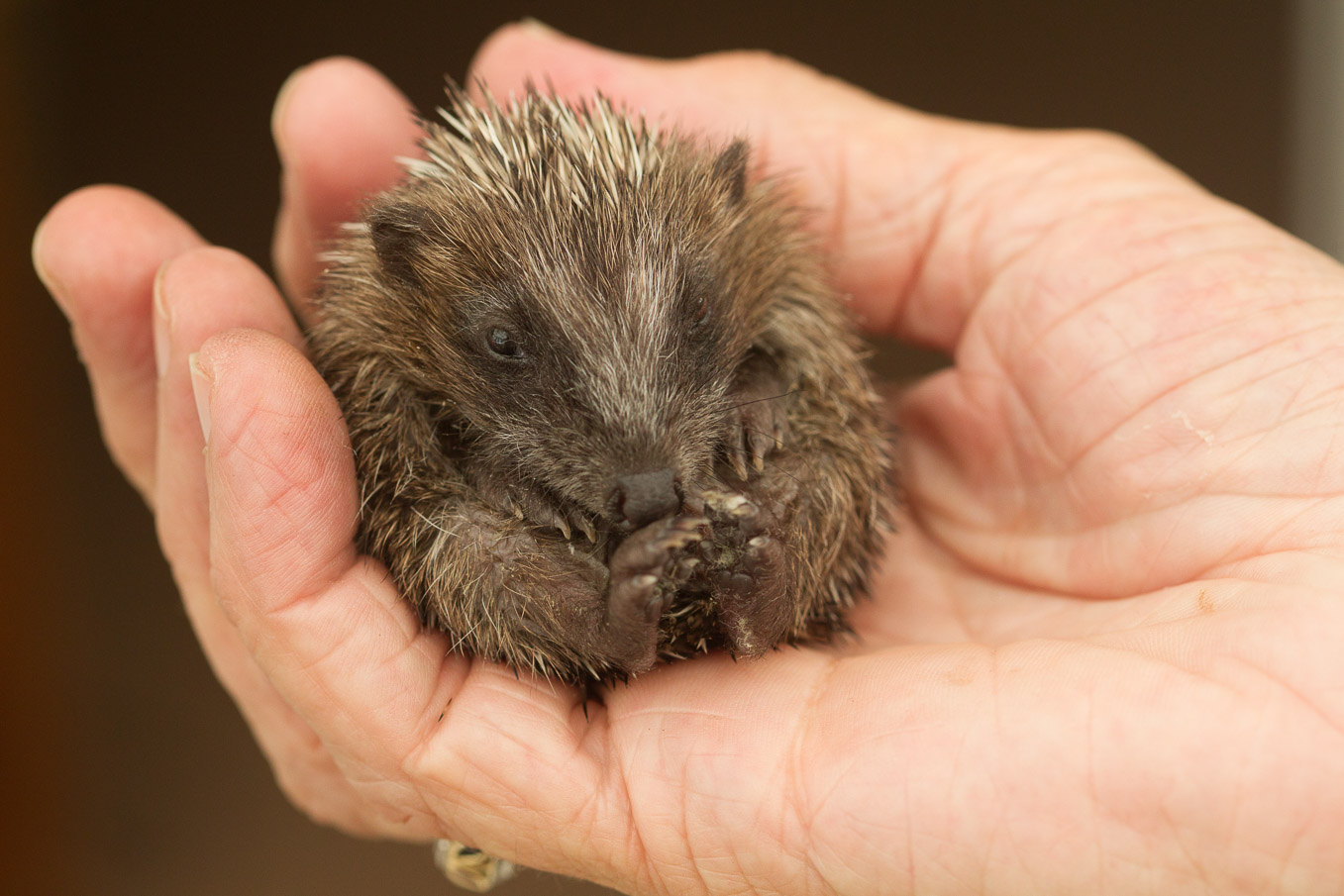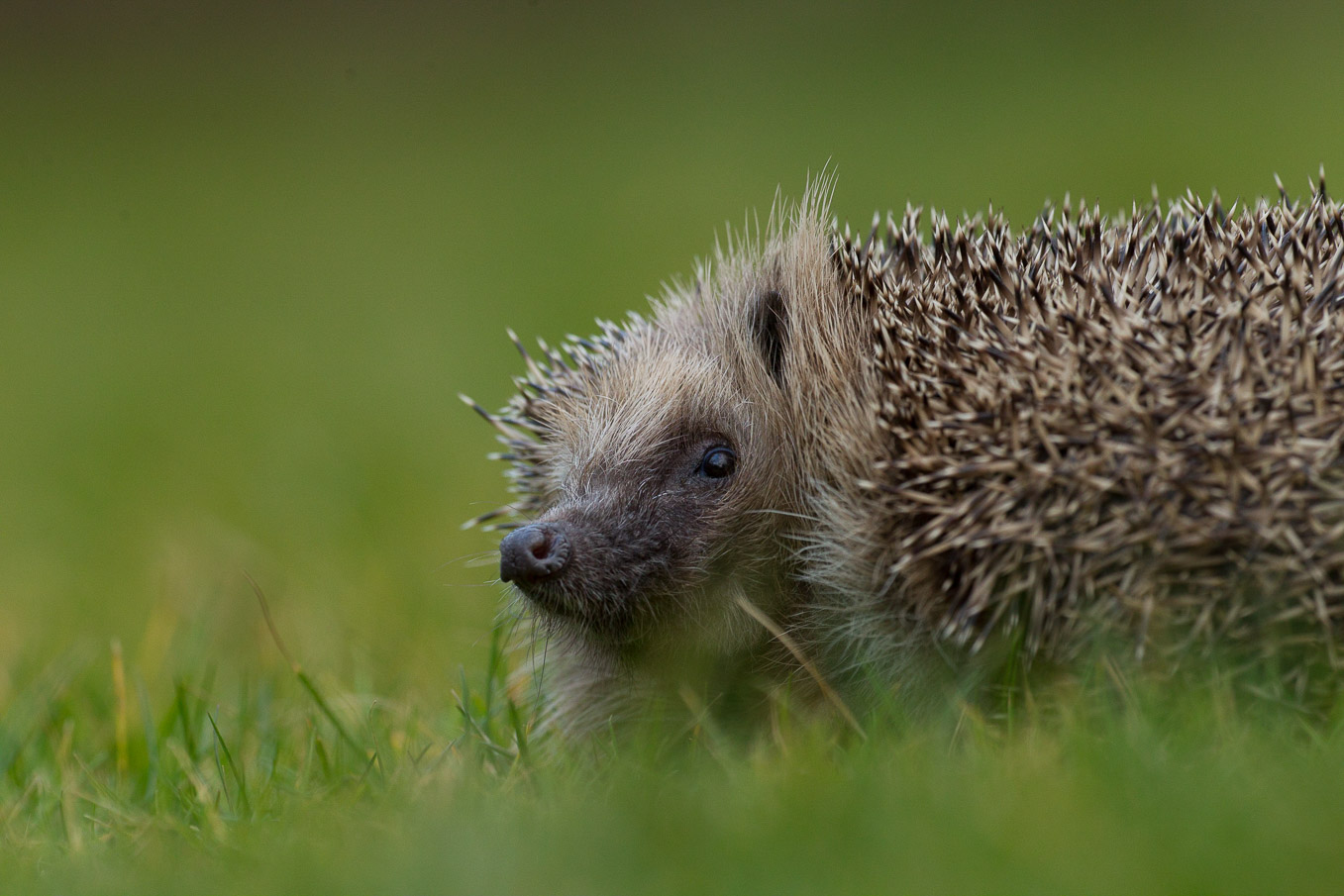
How to feed hedgehogs in your garden
If you are lucky enough to have hedgehogs visiting here is what and how to feed them
Why feed hedgehogs
It is estimated that we have lost up to 75% of our hedgehogs since the turn of the century. Pressures from urban development, loss of suitable habitat in the wider countryside and decline in food in both areas has meant that what was once a common mammal is now a notable absentee from its former haunts.
With this in mind if you are lucky enough to have hedgehogs visiting your garden, please treat it like the VIP that it is and as an honoured guest. This includes removing any hedgehogs hazards such as mesh or netting. Make sure that any ponds or other pools have a suitable exit (hedgehogs are good swimmers but will drown if they cannot find a way out of water) and please don’t use slug pellets or other poisons that could be ingested directly or indirectly by hogs.
Suitable food
Hedgehogs are meat eaters and in the wild eat almost exclusively invertibrates. Their diet includes worms, beetles, earwigs etc but they will occasionally eat small mammals such as baby mice or voles and they will eat carrion. They will also take the eggs of ground nesting birds during the spring and can tackle eggs from birds as large as pheasants.
With this in mind it is important to only feed hedgehogs meat based food. They will eat sunflower hearts but they are not good for them. They will also eat dried mealworms but many experts suggest that this can be linked with bone deficiencies so caution against them.
Plain cooked or raw meat can be left out for hogs but ensure that it is not salted or containing any other additives.
Tinned dog or cat food will be relished by your nocturnal guest but ensure that it is meat based not fish and that it is jelly not gravy. be aware too that the aromatic nature of wet food will attract other dinner guests such as foxes, badgers, rats and certainly cats!
An easier option is dried cat or dog food. this is more easily stored and handled and if kept dry will not smell as strong and attract the wrong clientele. Boxes can be sourced easily from most food shops too and are relatively inexpensive.
If you are really aiming to provide Michelin star dining for your prickly friends then good quality hedgehog food contains all that is required for hedgehogs. It may be slightly more expensive than dog or cat food but you can feed your VIP knowing that you are doing the best for them. Buying in bulk online will also help keep the cost down. Do be sure that what you are buying is qulaity though as low grade hedgehogs foods can be bulked out with all sorts and could do more harm than good. Read the ingredients, the first on the list should always be meat.
Spikes and Brambles hedgehog foods have been formulated to provide the correct ratio of meat, vitamins and minerals.
water
I think that most people know by now that milk is a no no for hedgehogs. They will drink it but they are intolerant to the lactose making them poorly. Far better is just plain water, hedgehogs need to drink regularly so this can be the best thing you can do for them even if you can’t provide food. Water can be left in a shallow bowl kept topped up each night.
hedgehog feeding station
Food for hedgehogs can be left on the floor or in a shallow dish. Relying on their spines for protection hedgehogs are not shy so the dish can be out in the open where you can see and once they have found it they will soon ensure that your diner is part of the evening routine.
However if by feeding hedgehogs you begin feeding all the other animals in the area (including your neighbours cat!) you may want to consider how you can provide a vip area and exclude the riff raff. This is actually relatively straight forward to do and a well designed hedgehog feeding station can provide the exclusive dining that your spiny guest will be grateful for. You will also be content knowing that your well thought out menu is not feeding tibbles.
First you need to get the food under cover so an upturned plastic tub over the dish will exclude, foxes, badgers and birds. A clear tub will also allow you to see who is enjoying the feast without needing to lift the lid and disturb the party.
A hole cut into the end will allow access for your hedgehog but an additional inner ‘wall’ will stop cats from reaching inside trying to hook out the dish. By leaving the food at the end of a dead end this will also make rats feel nervous and much less likely to raid the bounty.
Hopefully you will be lucky enough to be able to see the hedgehog visiting but if your garden comes later in their schedule they may come in the early hours and you might be left with an empty dish not knowing if the food was taken by them or by a cheeky rat or mouse. Fortunately there are some ways you can check and the easiest is to look for poo. Hedgehogs poo regularly and their dropping are quite distinctive. Around an inch long, dark and tapered.
If you can’t find their poo, you could lay a footprint trap, these are easy to use and checking the tracks in the morning you should be able to identify your visitors.
If you are really keen though you could also consider a camera trap. these have become very popular in the last few years and as prices have come down have become a great source of pleasure for many garden wildlife enthusiasts. checking the photos or videos in the morning is always fun and you might even catch something really interesting!
hedgehog year
Hedgehogs are one of only a handful of mammals that hibernate in the winter but they are only inactive during the coldest months of December to February and can even be found out and about in the heart of winter if weather is unusually warm. Generally they will emerge fully during March foraging keenly to get into breeding condition. In the spring males will patrol large territories looking for females, often travelling over 2km each night.
After mating, and a gestation period of around a month, between two and seven 'hoglets' are born blind and helpless in a leafy nest. Young can be born in May but typically during June and will be nursed by their mother until they are three or four weeks old and ready to follow her into the big wide world. They will stick close to their mother at this stage and you may see little hedgehog trains passing by as the youngster move nose to tail.
The youngsters will be fully weaned and fending for themselves come the autumn and the race is on to reach a suitable weight that will see them through hibernation. Each hedgehog should ideally be over 600g in weight and at least 500g. Under weight hogs may stay active longer right into November looking to gather calories and put on the last few ounces but for some young hedgehogs born very late in the year (maybe as a females second litter) the autumn isn’t long enough and they will perish without intervention.
An autumn juvenile
By the start of the frosts in November most hedgehogs will be hibernating but for some unfortunate individuals who have settled in a cosy pile of sticks Bonfire night spells the end. so please please thoroughly check bonfires or ideally move them before lighting. A sturdy high quality hedgehog box from CJ Wildlife (click on the image to check it out)
A sturdy high quality hedgehog box from CJ Wildlife (click on the image to check it out)
If you have been lucky enough to attract hedgehogs to your garden why not increase your offer by offering accommodation as well as fine dining. Hedgehog houses can be ordered online or bought from many garden centres though be sure to check that it is fit for purpose and not just designed to be pretty. Recent popular houses with mesh walls has been found create hazards for hogs and are not recommended. A sturdy construction will ensure that your hog is safe and sound and will last much longer too. If you are moderately handy and have some materials to hand you can build your own hedgehog des res. Old planks can be formed into a house or bricks and slabs can also be arranged to provide cover.
A home made hedgehog shelter
You don’t need to provide bedding inside your house but if you leave a selection of leaves and grasses nearby your hog will furnish its home to its own taste.
Sick or injured hogs.
If you find a hedgehog that is clearly injured or poorly, act straight away. If left unaided hedgehogs can deteriorate very quickly and without help soon many will die. Using thick gloves or a towel, gently gather the hog up and pop it onto some newspaper in a box. Leave a gap through the lid or makes some air holes but secure the box so avoid a successful escape attempt. Put the box somewhere quiet, dark and warm and call someone to help. If a hedgehog is cold and seemingly lifeless it may be in shock or torpor so place it in a box on a blanket over a warm hot water bottle. This may be enough to revive it.
There are many wildllife rescue centres that will be experienced with hedgehogs and some that are dedicated to hedgehogs solely. If you are unable to make contact with one then try your local vet who will treat wild animals for free or at least know a contact for you to try. With quick skilled intervention many hogs make a full recovery and with them in such decline each one is more valuable than ever.
If you find a hedgehog foraging during daylight this is rare and can be a sign of a problem. If you are unsure then err on the side of caution and get the hog checked out. Better a healthy hog is inconvenienced for a few hours than a poorly one is left to die unnecessarily.
If you see hogs that look very small in the early winter months it might be worth checking their weight on some kitchen scales. remember that a healthy weight is over 600g and if they are under 500g they may need to be provided extra food or even kept awake over the winter. As with any concerns already mentioned call for advice asap.
Hopefully a useful few tips above but there is so much more to learn about our prickly friends so check out Hugh Warwick's excellent book and as as always leave any thoughts or advice in the comments below







